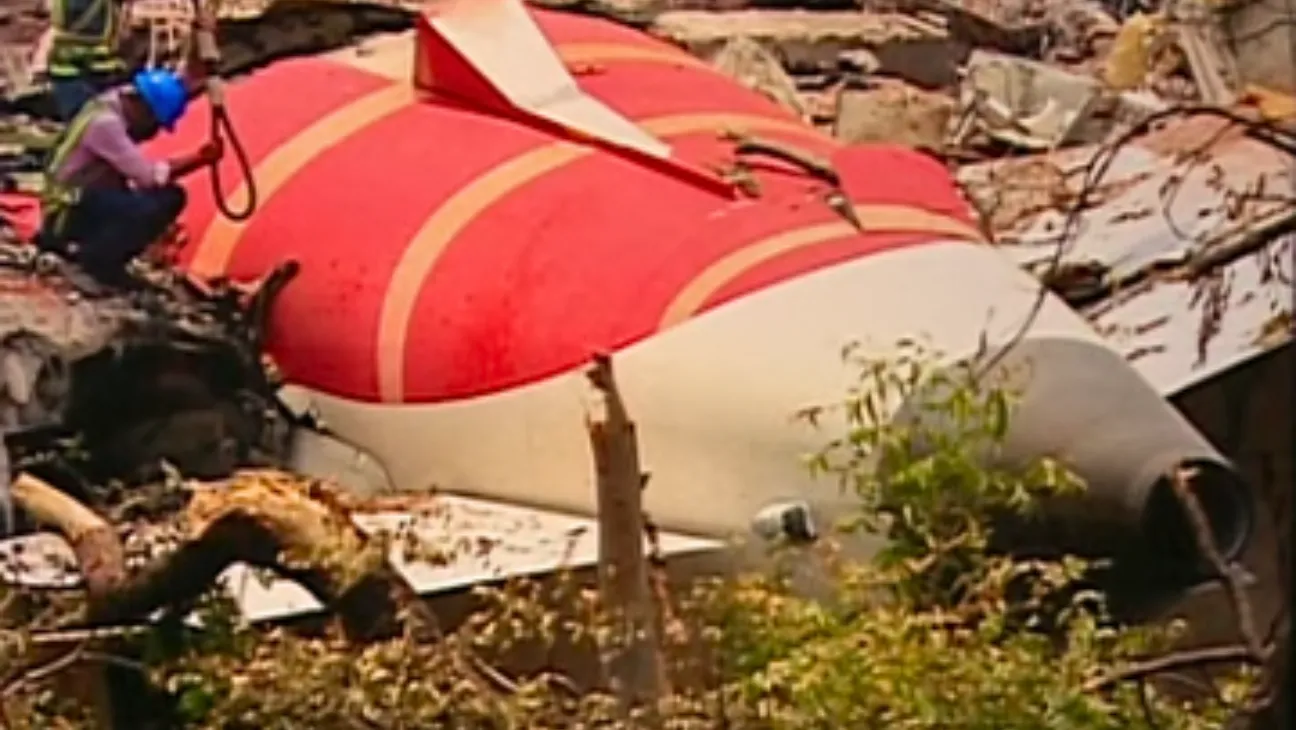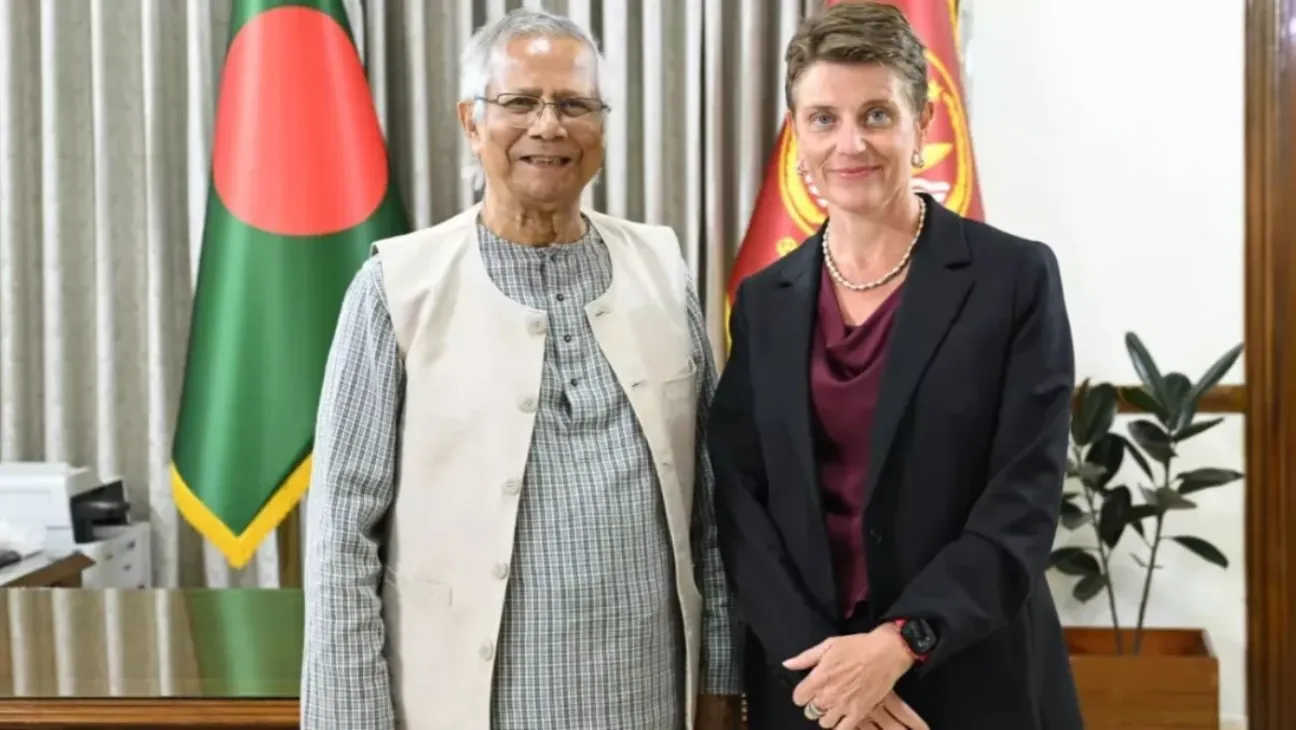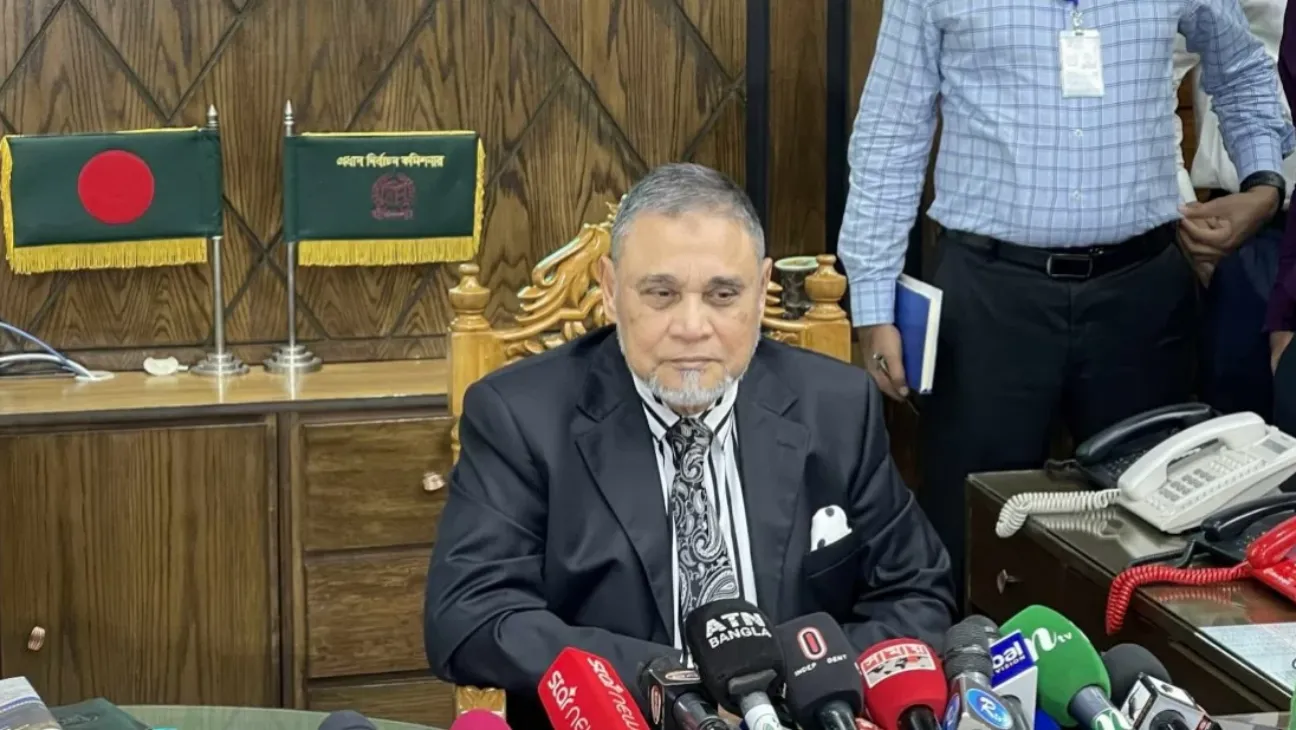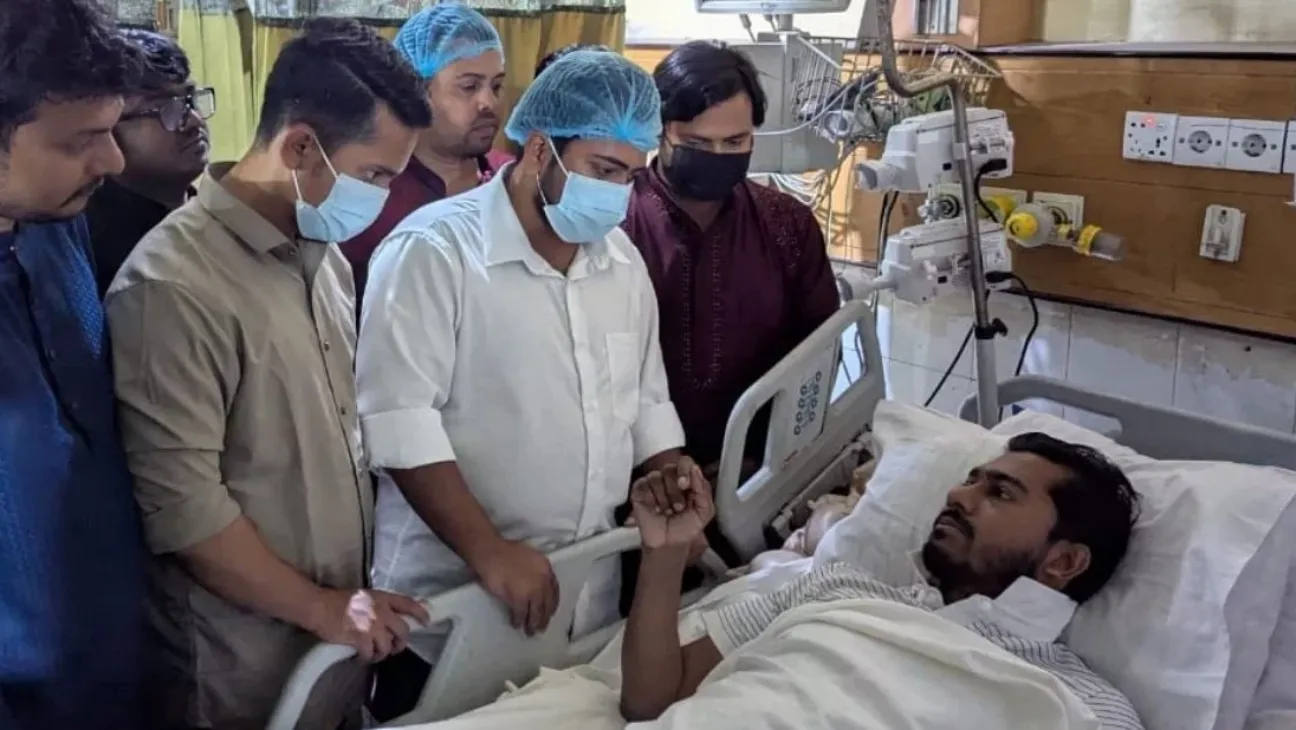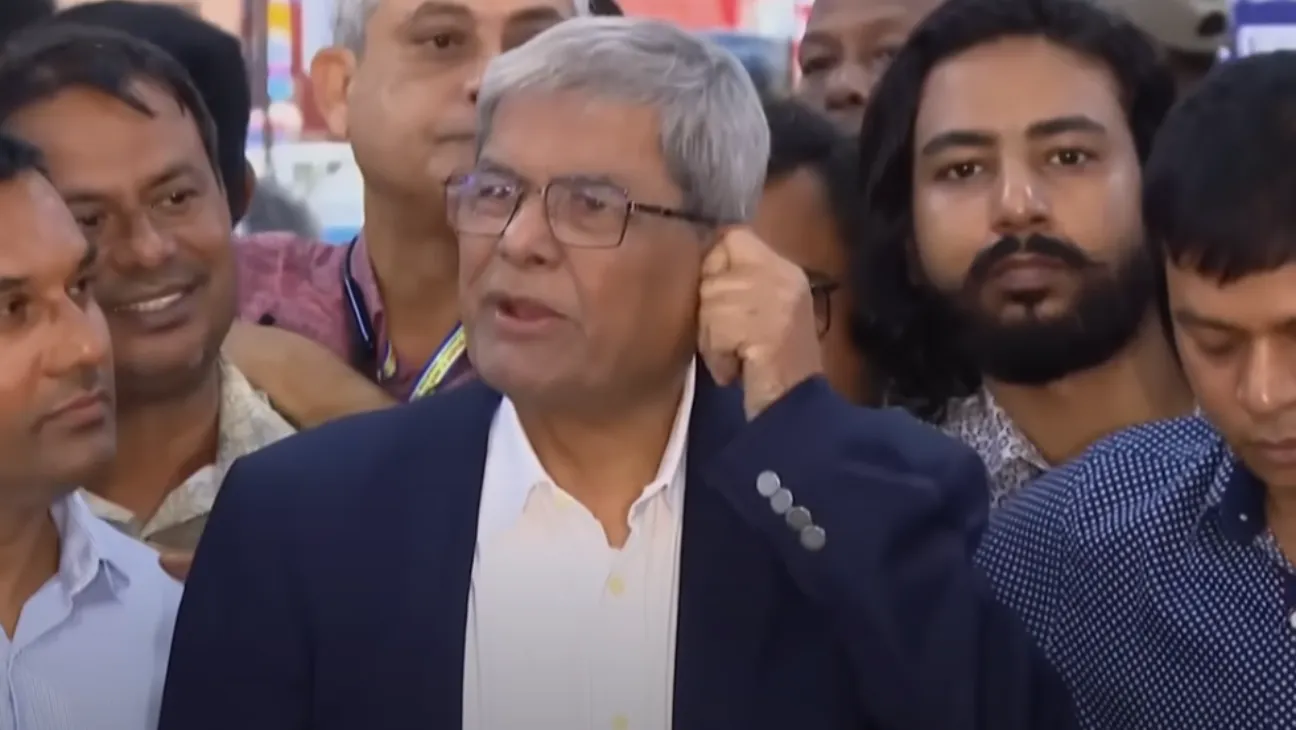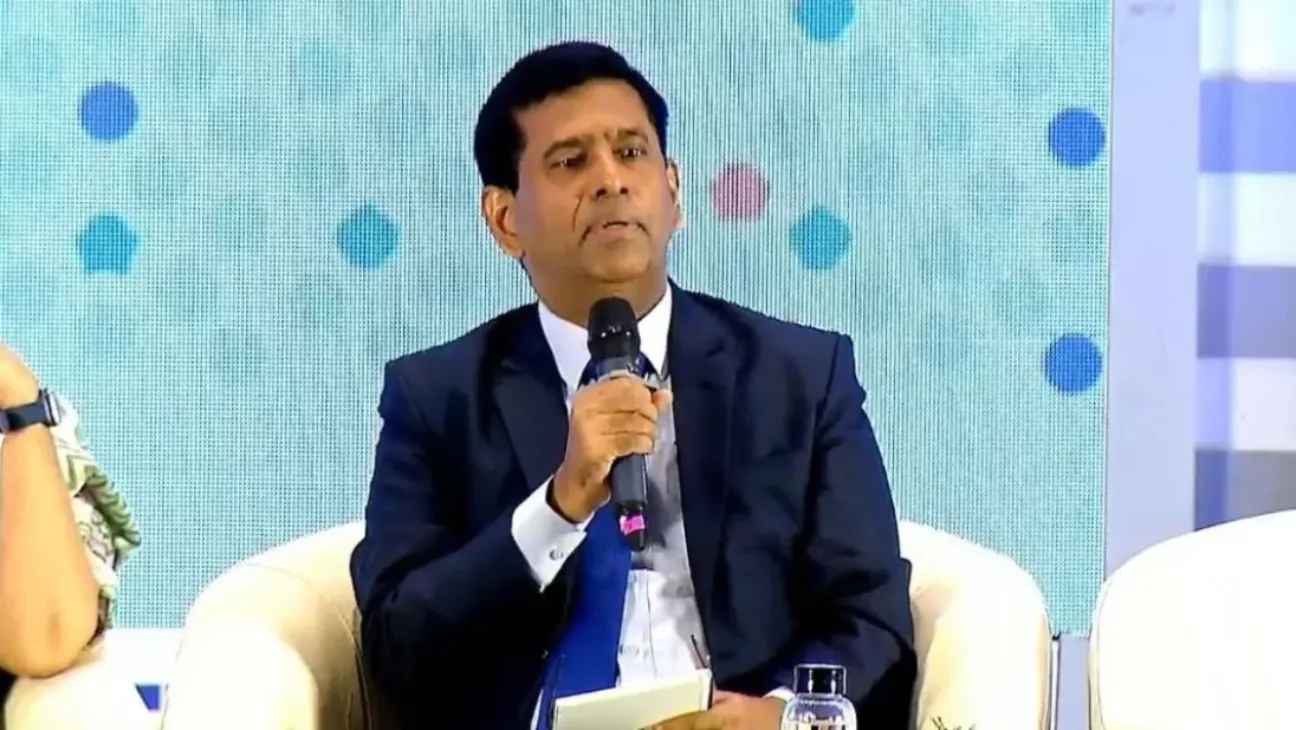In the aftermath of a recent aircraft crash, senior aviation experts in India have urged against premature conclusions, emphasizing the importance of recovering and analyzing the flight’s black box data.
Captain Minu Ruchi Vadia, founder of the Federation of Indian Pilots and a former Air India pilot, and retired Air Commodore B.S. Sivia, Director General of Aviation Safety, spoke in a televised discussion, offering their views on what might have occurred during the brief flight.
Speaking first, Captain Vadia addressed speculation around the aircraft’s lift and thrust.
“From the footage and flight profile, I don’t see evidence of low thrust or a heavy aircraft,” he said. “If the pilot had felt the aircraft wasn’t gaining speed, he wouldn’t have climbed normally to 600 feet. He would’ve likely kept the nose down to build speed.”
He urged caution about assigning blame or technical failure this early.
“Something could have gone wrong at multiple points — maybe a mechanical failure, maybe multiple bird strikes, maybe sabotage. But all of that is just ‘maybe’ right now.”
Pilot transmitted distress call within seconds
Captain Vadia also walked through the timing. He noted that the aircraft was airborne for about 25 seconds total — roughly 11 seconds to reach 600 feet, and another 15 seconds descending.
“The pilot was dealing with the emergency. And in that very short time, he managed to inform Air Traffic Control that there was a problem. That alone speaks to his professionalism under pressure,” he said.
Read Also: U.S. Joins Investigation on India Plane Crash
Black box recovery critical to understanding incident
Retired Air Commodore Sivia focused on the value of the flight data recorder.
He confirmed the pilot had experienced a loss of thrust and control, but maintained composure until the final moments.
“It’s very unfortunate,” he said. “But what we now have is the black box, and that’s a major development for the investigation.”
The black box — which records over 100 flight parameters including engine status, altitude, rate of climb, descent speed, and control inputs — will give investigators a full timeline of events.
“This equipment is essential. It allows investigators to recreate the entire flight, especially when there are no surviving crew members or witnesses,” Sivia explained. “It helps identify not just what happened, but also whether procedures were followed, and where deviations occurred.”
Data from takeoff to crash will be analyzed
The black box stores continuous data from every phase of the flight — from takeoff to cruise to descent and landing attempts.
“It’s proactive,” Sivia said. “The black box gives us patterns to work with — and in many cases, that’s what helps us stop the same thing from happening again,” the official said.
He acknowledged that the analysis will take time, but said it’s still the most reliable way to understand what truly happened in the flight’s final moments.
With speculation growing in the media and public conversations, both experts urged patience — and asked that the investigation be allowed to unfold without pressure.
“There’s a tendency to rush to judgment,” said Captain Vadia. “But right now, we need facts — not theories.”

